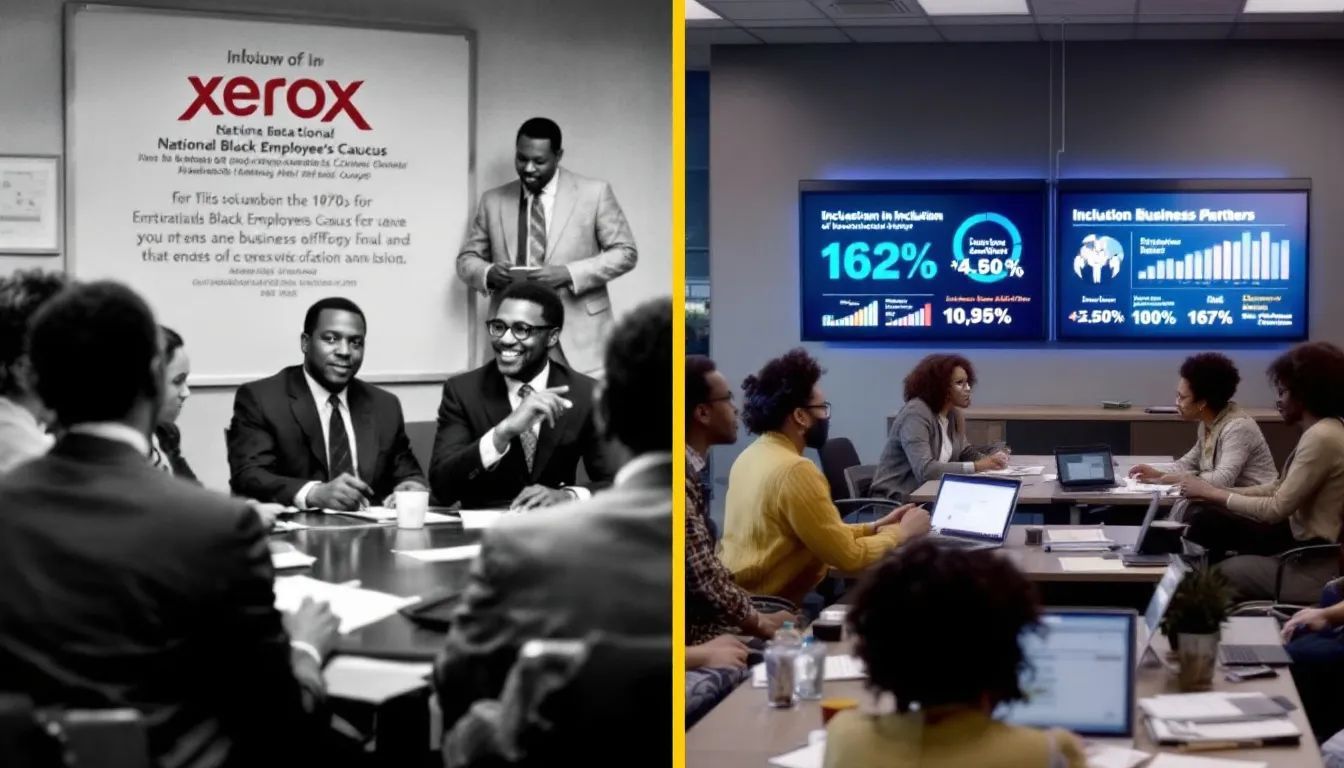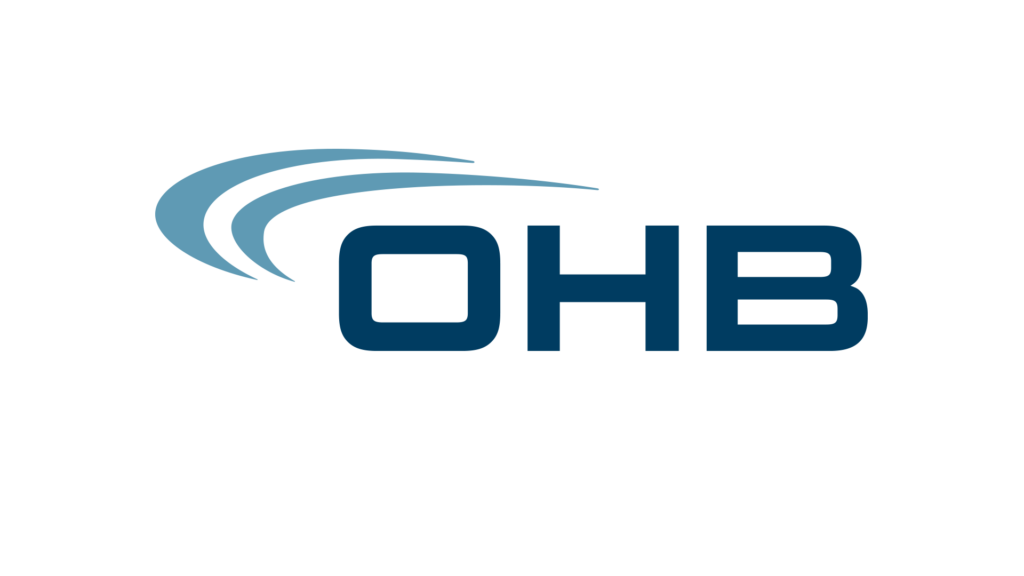Have you ever felt like an outsider at work, searching for colleagues who truly understand your experiences? Or perhaps you've witnessed the untapped potential when employees with shared backgrounds or interests never connect? In today's diverse workplace, creating spaces where employees feel genuinely seen and supported isn't just a nice-to-have—it's becoming essential for both individual wellbeing and organizational success. Affinity groups in the workplace are transforming how companies approach inclusion, but many organizations still struggle to implement them effectively. This comprehensive guide will explore how these powerful communities can revolutionize your workplace culture, boost engagement, and create lasting connections among employees.
What Are Affinity Groups in the Workplace?
Affinity groups in the workplace are voluntary, employee-led communities formed around shared identities, experiences, interests, or goals. These groups provide spaces where employees with common characteristics or interests can connect, support each other, and contribute to the organization's inclusive culture.
Affinity groups create safe spaces where employees can authentically express themselves, find mentorship, and develop professionally while feeling genuinely understood by peers with similar experiences.
Also known as Employee Resource Groups (ERGs), Business Resource Groups (BRGs), or employee networks, affinity groups in the workplace typically focus on underrepresented populations such as:
- Women in leadership
- Black, Indigenous, and People of Color (BIPOC)
- LGBTQ+ employees
- Veterans
- Employees with disabilities
- Parents and caregivers
- Young professionals
However, affinity groups in the workplace aren't limited to these categories. They can form around any shared identity or interest that brings employees together, from cultural backgrounds to professional development goals.
The Evolution of Affinity Groups in the Workplace

Affinity groups in the workplace have a rich history dating back to the 1960s Civil Rights movement. The first formal workplace affinity group emerged in 1970 when Xerox established the National Black Employees Caucus to address racial tensions and promote inclusion.
Since then, affinity groups in the workplace have evolved significantly:
- 1970s-1980s: Focus on addressing discrimination and creating support networks
- 1990s-2000s: Expansion to include various identity groups and interests
- 2010s-Present: Strategic alignment with business objectives and broader inclusion initiatives
Today, affinity groups in the workplace are mainstream in corporate America, with 90% of Fortune 500 companies supporting these employee-led communities. Their purpose has expanded beyond support to include:
- Driving organizational change
- Informing business strategy
- Enhancing recruitment and retention
- Building bridges across different employee populations
Key Benefits of Affinity Groups in the Workplace
Affinity groups in the workplace offer substantial benefits for both employees and organizations. Understanding these advantages helps make the case for investing resources in these communities.
Benefits for Employees
Employees who participate in affinity groups in the workplace often experience:
- Psychological safety and belonging: A space where they can authentically share experiences without judgment
- Professional development: Access to mentoring, skill-building, and leadership opportunities
- Networking: Connections across departments and levels that might otherwise be difficult to establish
- Voice amplification: A platform to raise concerns and suggestions to leadership
- Community support: Solidarity during challenging times and celebration of achievements
Benefits for Organizations
Companies that effectively support affinity groups in the workplace gain:
- Enhanced recruitment: Attracting diverse talent who value inclusive cultures
- Improved retention: Employees who feel belonging are less likely to leave
- Innovation boost: Diverse perspectives leading to more creative solutions
- Cultural competence: Better understanding of diverse customer bases
- Leadership development: Identifying and nurturing talent from underrepresented groups
Research supports these benefits. According to a Seramount survey, affinity groups in the workplace contribute to:
These impressive statistics demonstrate why organizations increasingly view affinity groups in the workplace as strategic assets rather than just social clubs.
Affinity Groups vs. Employee Resource Groups: Understanding the Distinction
While many organizations use the terms interchangeably, there are subtle differences between affinity groups and Employee Resource Groups (ERGs) worth understanding.
In practice, many organizations are moving toward the ERG model to ensure these groups deliver measurable value while still maintaining the community-building aspects of traditional affinity groups in the workplace.
The most effective employee groups balance authentic community-building with strategic business alignment, creating value for both participants and the organization.
How to Establish Successful Affinity Groups in the Workplace
Creating effective affinity groups in the workplace requires thoughtful planning and ongoing support. Here's a step-by-step approach:
- Assess needs and interest: Survey employees to identify where affinity groups might be most valuable
- Define clear purpose: Establish specific goals and objectives for each group
- Secure leadership support: Enlist executive sponsors who can advocate for resources
- Develop structure: Create leadership roles and governance guidelines
- Allocate resources: Provide budget, meeting space, and communication channels
- Launch and promote: Announce groups and encourage participation
- Measure impact: Track metrics related to participation, engagement, and outcomes
Best Practices for Affinity Group Success
For affinity groups in the workplace to thrive long-term:
- Ensure inclusivity: While groups may focus on specific identities, they should welcome allies
- Connect to business goals: Link group activities to organizational objectives
- Empower leadership: Provide group leaders with training and development
- Create cross-group collaboration: Encourage different affinity groups to work together
- Recognize contributions: Acknowledge the value these groups bring to the organization
Neroia, a social employee benefits platform, has revolutionized how companies support affinity groups in the workplace by fostering organic connections between coworkers. Their AI-driven recommendations help employees discover small-group activities aligned with their interests and schedules, making it easier for affinity group members to connect meaningfully outside formal meetings.
Common Challenges and Solutions
Even well-intentioned affinity groups in the workplace can face obstacles. Here are solutions to common challenges:
Challenge 1: Low Participation
Solutions:
- Survey employees about meeting times and formats that work best
- Offer virtual options for remote workers
- Create compelling programming that delivers clear value
- Recognize active participants
Challenge 2: Maintaining Momentum
Solutions:
- Develop annual plans with regular activities
- Rotate leadership to prevent burnout
- Celebrate small wins and milestones
- Connect with similar groups at other organizations for fresh ideas
Challenge 3: Securing Resources
Solutions:
- Document impact with metrics that matter to leadership
- Partner with HR on initiatives that support organizational goals
- Seek external sponsorships when appropriate
- Share resources across multiple affinity groups
Challenge 4: Avoiding Silos
Solutions:
- Host joint events with other affinity groups
- Welcome allies and supporters
- Create organization-wide initiatives that multiple groups can support
- Share learnings across groups
Measuring the Impact of Affinity Groups in the Workplace
To demonstrate value and secure ongoing support, affinity groups in the workplace should track relevant metrics:
- Participation metrics:
- Membership growth
- Event attendance
- Leadership involvement
- Employee experience metrics:
- Engagement scores among members vs. non-members
- Retention rates
- Promotion rates for participants
- Business impact metrics:
- Contributions to recruitment efforts
- Product or service innovations
- Market insights generated
- Cultural impact metrics:
- Inclusion survey results
- Policy changes influenced
- Leadership diversity improvements
Collecting both quantitative and qualitative data provides a comprehensive picture of how affinity groups in the workplace contribute to organizational success.
The Future of Affinity Groups in the Workplace

As workplaces continue evolving, affinity groups in the workplace are adapting in several important ways:
- Digital transformation: Leveraging technology to connect employees across locations
- Intersectionality focus: Recognizing that employees belong to multiple identity groups
- Business integration: Moving beyond social connection to strategic business partnership
- Global expansion: Adapting to cultural differences across international locations
- Inclusion of allies: Welcoming supporters who don't share the group's identity but want to learn and help
Companies like Neroia are at the forefront of this evolution, using technology to enhance how affinity groups in the workplace function. By providing a secure platform for employees to connect based on shared interests, Neroia helps organizations build stronger, more inclusive cultures where authentic connections flourish naturally.
Case Studies: Successful Affinity Groups in Action
Case Study 1: Tech Company Retention Boost
A mid-sized technology company struggled with retaining women in technical roles. After establishing a Women in Tech affinity group that provided mentoring, skill development, and community support, retention rates for women engineers improved by 35% over two years.
Case Study 2: Healthcare Provider Cultural Competence
A healthcare system created cultural affinity groups representing the diverse communities they served. These groups provided valuable insights that helped the organization develop more culturally appropriate care protocols, resulting in higher patient satisfaction scores.
Case Study 3: Financial Services Innovation
A bank's LGBTQ+ affinity group identified an unmet need in financial planning services for same-sex couples. Their insights led to new service offerings that generated $3.2 million in new business within the first year.
Case Study 4: Manufacturing Safety Improvements
A veterans' affinity group at a manufacturing company applied military safety protocols to factory operations, reducing workplace accidents by 28% and saving the company millions in potential liability.
How Technology Is Transforming Affinity Groups
Modern technology is revolutionizing how affinity groups in the workplace operate:
- Virtual meeting platforms: Enabling global participation regardless of location
- Communication tools: Facilitating ongoing conversation between formal meetings
- Event management systems: Streamlining planning and registration processes
- Analytics platforms: Measuring impact and identifying opportunities
- Social platforms: Creating spaces for authentic connection
Neroia exemplifies this technological evolution by offering a social employee benefits platform that enhances workplace culture through AI-driven recommendations. By suggesting small-group activities based on individual interests and schedules, Neroia makes it easier for affinity group members to build meaningful connections through shared experiences.
Creating an Inclusive Framework for All Employees
For affinity groups in the workplace to truly succeed, organizations must create an inclusive framework that supports all employees:
- Clear policies: Guidelines that ensure groups operate inclusively
- Leadership commitment: Visible support from executives and managers
- Resource equity: Fair distribution of support across different groups
- Integration with DEI strategy: Alignment with broader inclusion initiatives
- Accountability mechanisms: Regular review of group activities and impact
Organizations should also consider how affinity groups in the workplace can support employees with multiple identities, ensuring no one feels forced to choose between different aspects of themselves.
Conclusion: The Strategic Value of Affinity Groups
Affinity groups in the workplace have evolved from informal support networks to strategic assets that drive inclusion, innovation, and business results. When properly supported, these employee-led communities create spaces where people can bring their authentic selves to work, build meaningful connections, and contribute their unique perspectives.
As workplaces become increasingly diverse and distributed, the importance of affinity groups in the workplace will only grow. Organizations that invest in these communities demonstrate their commitment to inclusion while gaining valuable insights and engagement from their workforce.
By fostering organic connections between coworkers through platforms like Neroia, companies can enhance the impact of affinity groups in the workplace while creating a more connected, engaged, and innovative culture where everyone can thrive.




